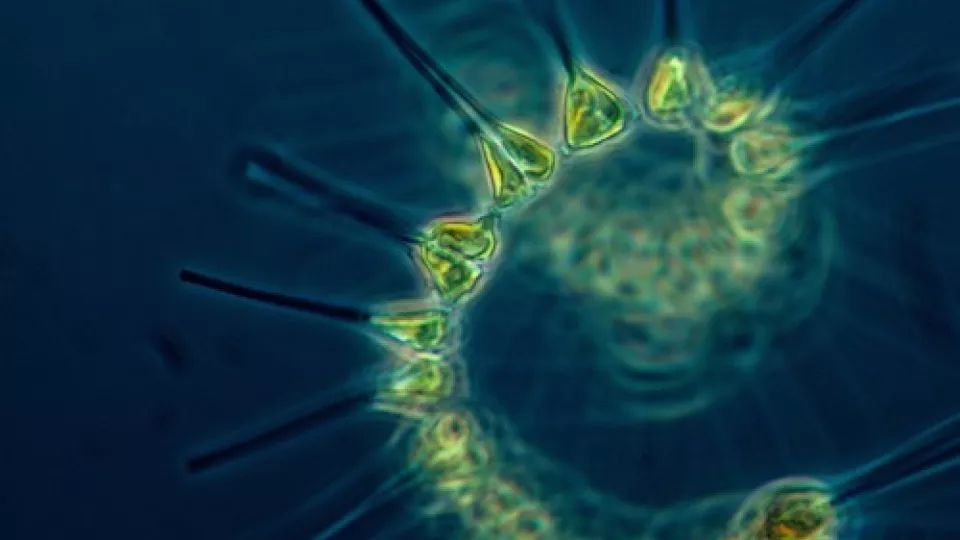“Not very many studies have been done on this topic before. Plastic particles of such a small size are difficult to study”, says Karin Mattsson.
“We tested how polystyrene plastic particles of different sizes, charge and surface affect the zooplankton Daphnia. It turned out that the size of the nanoparticles that were most toxic to the Daphnia in our study was 50 nanometers”, says Karin Mattsson.
Because zooplankton like Daphnia are also food for many other aquatic animals, the researchers wanted to study the effect of plastic particles higher up in the food chain. They found that fish that ate Daphnia containing nanoplastics experienced a change in their predatory behaviour and poor appetite. In several studies, researchers also discovered that the nanoparticles had the ability to cross biological barriers, such as the intestinal wall and brain.
“Although in our study we used much larger amounts of nanoplastic than those present in oceans today, we suspect that plastic particles may be accumulated inside the fish. This means that even low doses could ultimately have a negative effect”, says Karin Mattsson.
Plastic breaks down very slowly in nature, and once the microscopically small plastic particles reach lakes and oceans they are difficult to remove. Plastic particles also bind environmental toxins that can become part of the food chain when consumed accidentally.
“Our research indicates the need for more studies and increased caution in the use of nanoplastics”, she says.
Karin Mattsson is a physicist and her research project was produced in collaboration between the Centre for Environmental and Climate Research, the Division Biochemistry and Structural Biology and the Division of Aquatic Biology at Lund University. Karin Mattsson is also affiliated with NanoLund, where several studies are currently conducted to evaluate the safety of nanoparticles.
Download thesis
Nanoparticles in the Aquatic Environment: Particle Characterization and Effects on Organisms (Thesis)
Article
Altered Behavior, Physiology, and Metabolism in Fish Exposed to Polystyrene Nanoparticles
